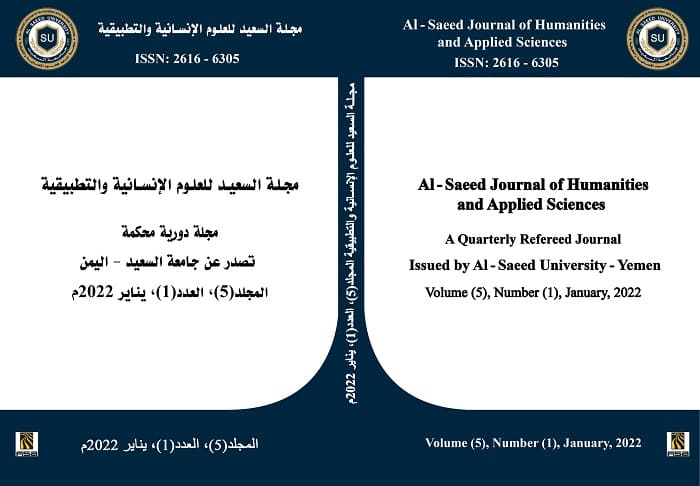Obstacles of Teaching Islamic Education branches From the Point two of View of Islamic Education Teachers And Directors in The secondary in Toor- Albaha District Primary and Stages
DOI:
https://doi.org/10.59325/sjhas.v5i1.18Keywords:
teaching obstacles, Point of view of the teachers and directors, Islamic Education.Abstract
The study aimed at Knowing the obstacles of teaching the branches of Islamic Education from the Point of view of the teachers and directors of Islamic Education in the two stages primary and secondary in Toor - Albaha district.
it aimed determine the effect of the variable of gender and academic qualification, the study has used the descriptive analytical method and in order to achieve the objectives of the study. The researcher used a closed questionnaire consisting of (36) items distributed among into four areas. The sample of study consisted of (126) male and famle teachers, (88) male teachers, (33) female teachers and (5) male mentors. the results of the study reached all of its fields scored a general average of (3,3217) which is a significant degree.
At the gender level, there are no significant differences between males and females and at the level of qualification, there are no differences in all areas (obstacles related to the curriculum and obstacles related to students and combined field), but the obstacles that faced the teachers appeared in teaching Islamic education branches that related to the teachers and methods of teaching in favor of a bachelor degree at the expense of a diploma and high studies.
In the light of the results of the study, the researcher recommended encouraging the teachers to use modern teaching methods to remove the fear that controls some of them because of fear of failure.
Downloads
Published
How to Cite
Issue
Section
License
copyright is retained by the authors. Articles are licensed under an open access Creative Commons CC BY 4.0 license, meaning that anyone may download and read the paper for free. In addition, the article may be reused and quoted provided that the original published version is cited. These conditions allow for maximum use and exposure of the work.



